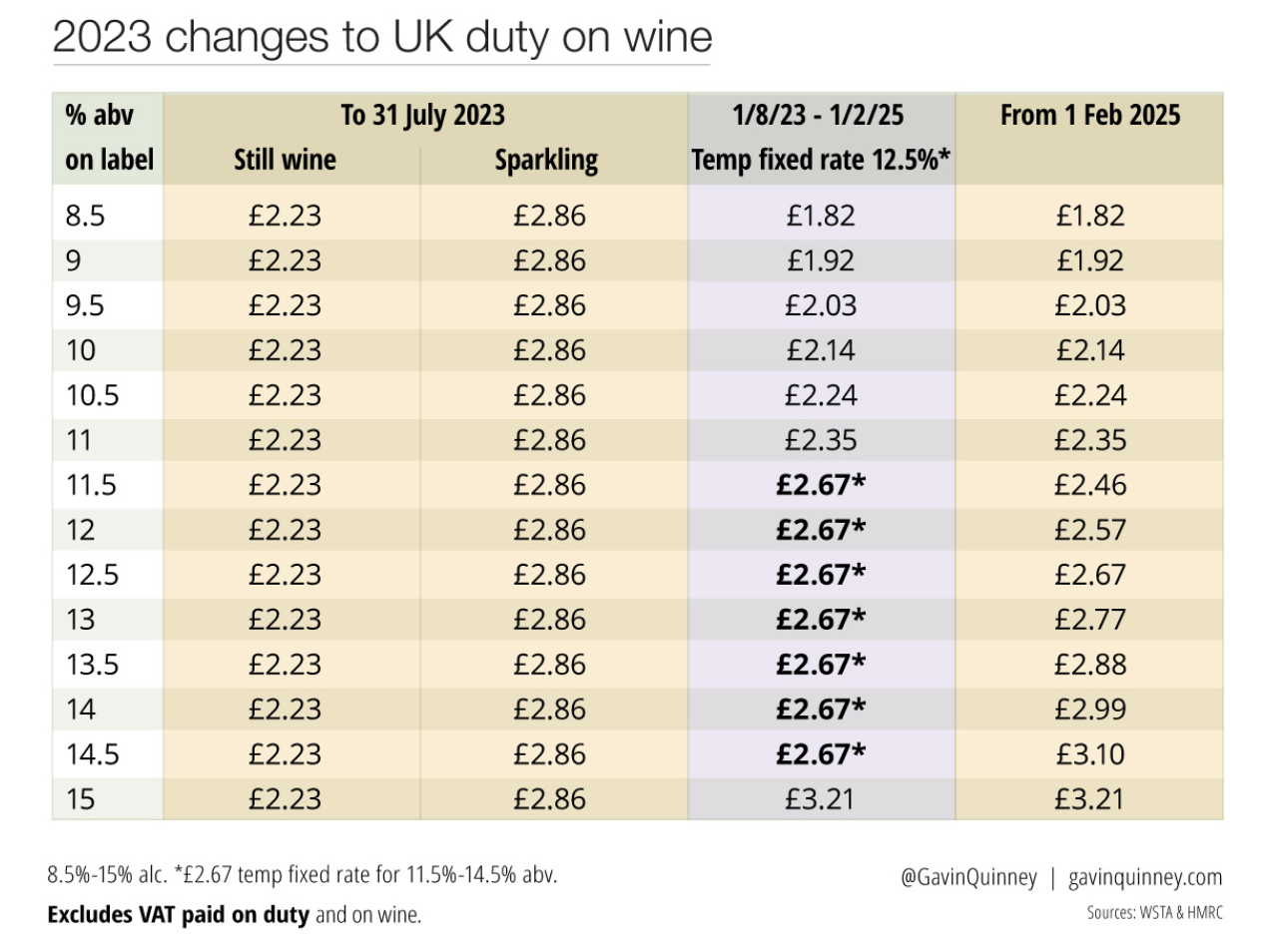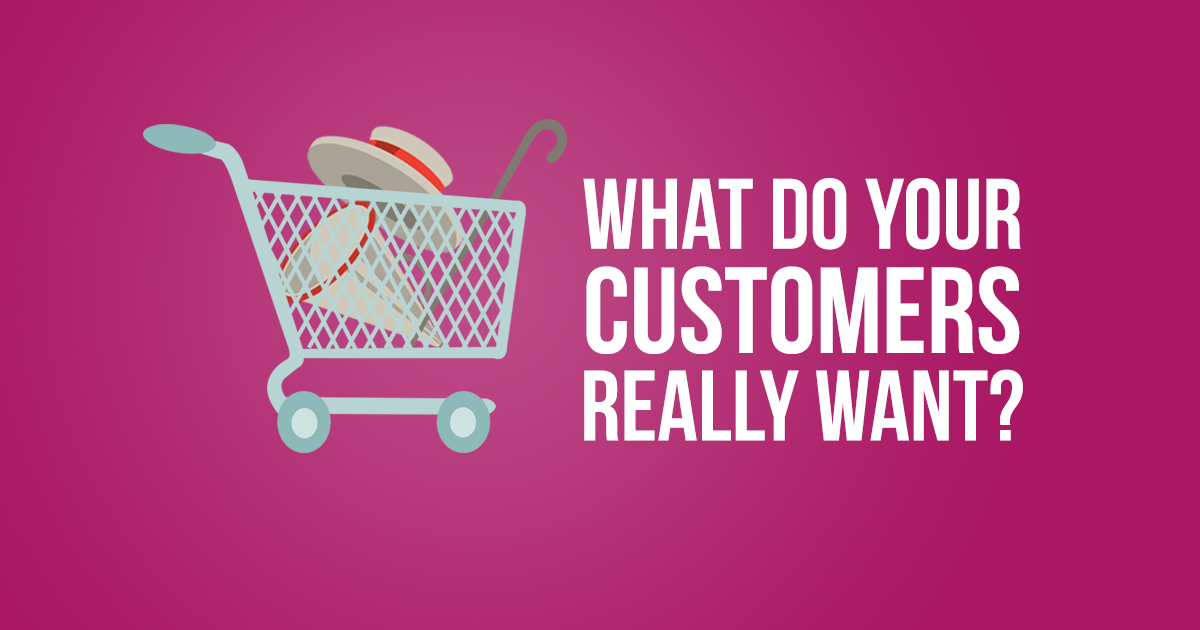Really that sounds very grown up? Who did you steal that line from?
Ah, you can see right through me. OK, that actually comes from advertising legend turned wine producer, Sir John Hegarty - of Vorsprung Durch Technik and Levi jeans advertising fame - who fears the wine industry is being left behind, as it is too often driven by industry and not consumer-driven innovation?
What does he mean by that?
Well, have a look at our wine aisle and you can see wine after wine that is there because of industry issues, the strength of one international currency over another and the size and quality of different harvests around the world. All of which dictate which wines, buyers looking to hit certain price points, are going to buy and put in their ranges. If the currency, say, in Chile or Argentina is a lot weaker than buying wine from Australia, it makes sense to cash in and buy more wine from South America. If the price for an in demand grape variety suddenly shoots up because there is a shortage in a certain country, canny buyers will quickly switch and source the same grape variety from a cheaper country elsewhere in the world.
What’s wrong with that? Sounds like good business sense to me.
It certainly is and that’s essentially the basis on which so much wine, particularly at the big commercial price points, is bought and sold around the world. But it does not mean those are the wines that consumers actually want to drink. Those are the wines that industry dynamics dictate will be on their supermarket shelf. It’s why we now have a wine market that is dominated less by wine regions and countries, but by the big all powerful grape varieties - your Chardonnays, Sauvignon Blancs and Cabernet Sauvignons - that are now musts on every retailer or restaurant wine list. Varieties that can be bought and sourced from different parts of the world based on what price point they can reach. What the consumer thinks and wants is a question that is not even asked.
Interesting. So what other areas of so called industry-driven innovation are we seeing?
The big one at the moment is the sudden demand from all major buyers, be they from supermarkets, or major importers, to find wines that can sit below the now all important 11% abv alcohol level, which means they are taxed at £2.35 (plus VAT) compared to the £2.67 (plus VAT) for wines that are between 11.5% and 14.5% abv, thanks to the government’s new alcohol tax system introduced last August. That discrepancy between wines above and below 11.5% abv is set to get even bigger from February 2025 when further changes are planned that will see higher duty rates per 0.5% of alcohol stretching from £2.46 for 11.5% wine to £3.21 for a 15% abv wine.
It means we are likely to see major changes to mainstream wine ranges with wine drinkers being offered far more wines with alcohol levels of 8%, 9%, 10% and 11%. That’s how the big retailers will continue to be able to offer their customers wines on shelf priced between the crucial £5 to £8 price points. The assumption being the majority of those shoppers will not be prepared to spend more to compensate for the higher duty bands. But has anyone actually asked them?

But surely the supermarkets and major operators know what they are doing?
They know what they need to do to hit those price points. What they don’t know, yet, is how many consumers are going to be happy swapping their 13.5% to 14.5% abv wines to the lower alcohol equivalents. Yes, we are told more consumers are interested in lower alcohol wines, but the category is still minute and what people say and do are two very different things.
Creating a whole new 8%-11% wine category is the very definition of industry-driven innovation - and is fraught with danger both for the retailers selling them and the producers willing to make them. Yes, more people are cutting how much alcohol they drink, but when they do pick up a bottle of wine after work, they want to enjoy drinking the wine they can afford and deserve. Why should they be penalised by being offered a ‘watered’ down version of a brand, or style of wine, because they only want to spend a specific amount on a bottle of wine. They might buy it once, but unless the quality is far better than many of the lower alcohol wines around, will they repeat purchase? Or worse still, decide to switch to buying another type of alcoholic drink.
Any final thoughts?
It’s a dilemma and a delicate balancing act that the wine industry needs to be very careful to get right. If you are going to sell lower in alcohol wines to hit duty points, you need to be honest and up front with consumers and make sure they know what they are getting. Get that message wrong and don’t expect them to keep coming back.









